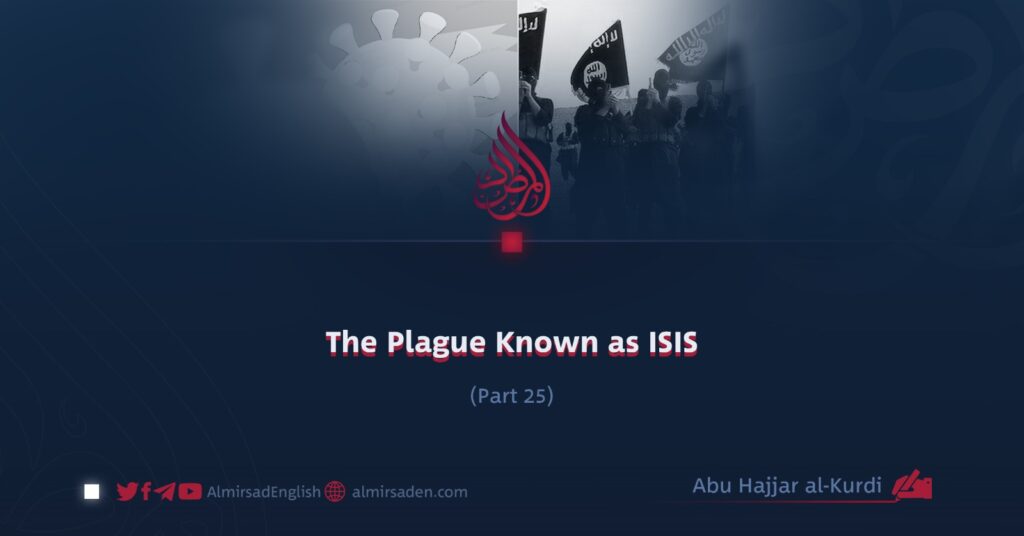Part 25
Abu Hajjar al-Kurdi
The Untold Stories of Ramadi
The crimes committed by ISIS against Muslim lands and the Sunni people are so vast that they defy full documentation. Among the cities that suffered most under their reign of terror was Ramadi, where, between 2014 and 2015, systematic brutality was unleashed to dismantle the city’s social fabric, destroy its civil institutions, and instill fear in every household.
As mentioned in previous installments, Ramadi is the capital of Iraq’s western Anbar province. Strategically located on the main highway between Baghdad and Syria, it has long been a focal point of conflict.
On May 17, 2015, after weeks of fierce fighting with Iraqi forces, ISIS seized full control of the city. This came after months of siege, with clashes intensifying in late 2014. What followed was a campaign of oppression and devastation that left an indelible scar on Ramadi and its people.
The Atrocities in Ramadi
1. Mass Executions and Summary Killings
After capturing the city, ISIS executed dozens of civilians, government employees, soldiers, and police officers, accusing them of collaborating with the Iraqi government. Some executions were carried out in public squares, while others took place in the surrounding deserts. In one horrific incident in June 2015, over a hundred civilians, mostly young Sunni men, were slaughtered based on false accusations, exposing the depths of ISIS’s cruelty.
2. Use of Civilians as Human Shields
In many districts, ISIS forcibly used families as human shields, placing them in buildings that served as military command centers to deter airstrikes. By late 2015, reports confirmed that more than 1,500 civilians had been trapped in such locations.
3. Destruction of Public Infrastructure
Following its occupation, ISIS deliberately targeted schools, hospitals, mosques, bridges, and other vital infrastructure. Later assessments revealed that over 80 percent of Ramadi’s urban infrastructure had been destroyed.
4. Torture and Mutilation
Those who defied ISIS’s orders or were arbitrarily accused of aiding the government faced horrific punishments, including amputation and torture.
The “Liberation” and Its Aftermath
On December 28, 2015, then-Prime Minister Haider al-Abadi announced that Ramadi had been “fully liberated” from ISIS. However, control was handed over to Rafidi (Shiite) militias and Iran’s Islamic Revolutionary Guard Corps (IRGC).
For Ramadi’s Sunni population, this was not freedom but another wave of oppression. The militias carried out brutal reprisals, targeting defenseless women and children. Severed heads, mutilated bodies, and mass graves became grim symbols of this new tragedy.
The suffering of Ramadi did not end with ISIS’s defeat. It merely took on a different form.
